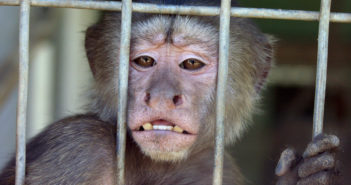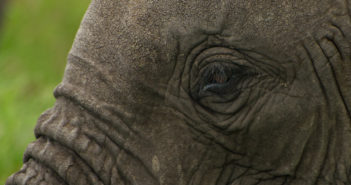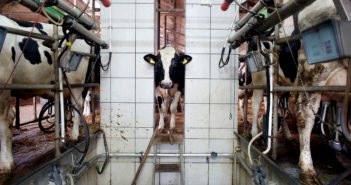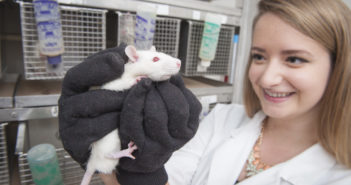
Can Biologists Describe New Species Without Killing Them?
Typically, when describing a new species, biologists kill a member of the species to serve as a physical specimen. It’s time to rethink this practice.

Typically, when describing a new species, biologists kill a member of the species to serve as a physical specimen. It’s time to rethink this practice.

In an interview with Dr. Andrew Rowan, we discussed the logistics of the Global Dog Campaign and how data can help improve the well-being of both dogs and human communities.

Recent vaccine development has highlighted how science needs to shift away from outdated and inhumane animal tests and embrace human-relevant technologies.

A new study demonstrates that legalized trade and commercial breeding of wild animals stimulates demand, encourages poachers and smugglers and ultimately pushes species towards extinction in the wild.

In an interview with Casey Mclean, we discussed the need for a marine wildlife hospital, how humans are negatively impacting marine animals, and what changes these animals need from us so they can survive and thrive.

Is lab-grown meat really the beginning of the end of animal exploitation? This antispeciesist activist says the technology is not ethical and should not be celebrated.

In order to help the world’s dogs, we need an estimate of their population, and of what percent are homeless in each country.

Elephant researcher Joyce Poole uses her experience witnessing wild elephants after two births to demonstrate how she came to understand elephants’ capacity to feel grief and joy.

Bushmeat consumption has devastated the populations of hundreds of wildlife species and been linked to the spread of zoological diseases such as the Ebola virus.

See select images from the new book HIDDEN, which compiles the work of forty photojournalists who document animal lives.

These abominable animal experiments siphon money away from treatments that are known to be highly effective, but right now aren’t reaching patients.

It is estimated that approximately 10% of homeless people have one or more pets. Despite past criticism of homeless people having pets by animal advocates, efforts to support the pets of homeless people are increasing.